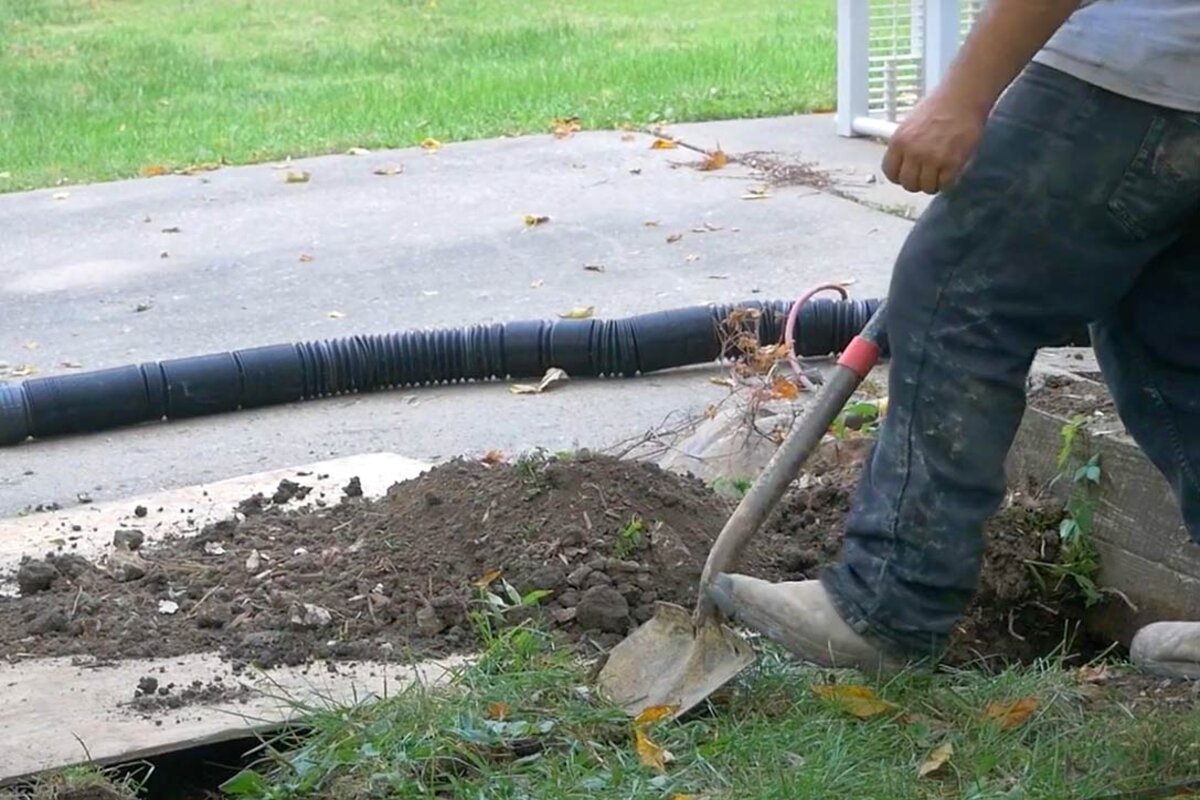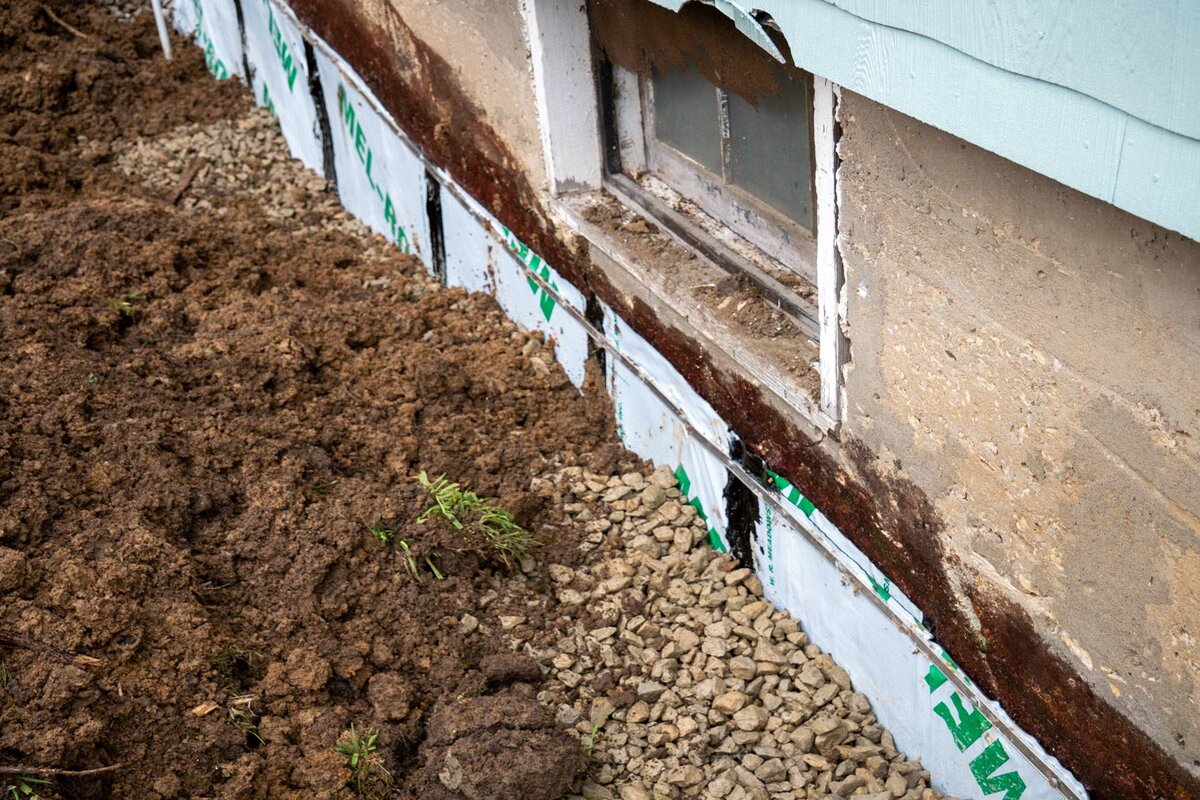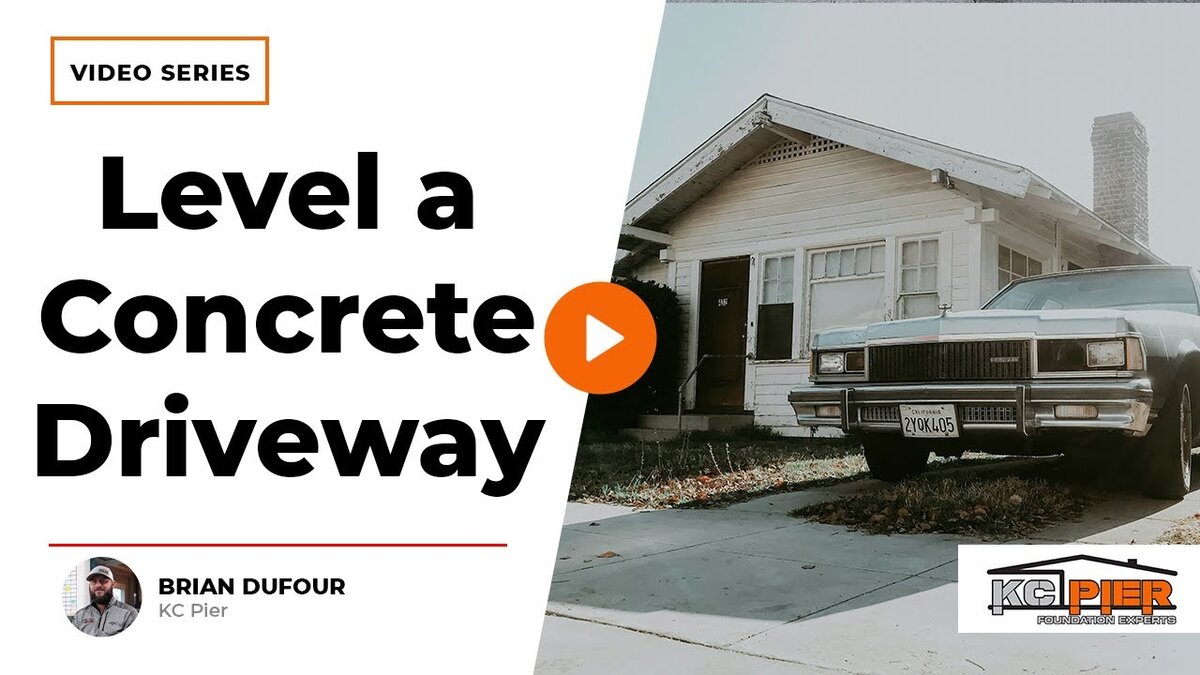A flooded basement can lead to expensive repairs and lasting damage. To prevent this, your sump pump must operate reliably, especially during heavy rainfall. But do you know if your pump is getting the power it needs to perform at its best? Understanding its wattage and amperage requirements is the key to maintaining a dry, safe home.
Importance of Correct Wattage and Amperage
Ensuring your sump pump has the correct wattage and amperage is crucial for its proper functioning. A standard sump pump typically pulls around 15 amps. For optimal performance, we recommend installing the sump pump on its own dedicated circuit breaker with a 20-amp fuse. This setup helps prevent overloads, especially during heavy rains when the sump pump may be running every 10 to 15 minutes.
When the equipment doesn’t receive the right wattage and amperage, it struggles to operate efficiently. This inefficiency can lead to inadequate water pumping and potential motor damage over time. Proper electrical setup ensures that your sump pump can handle the load during heavy usage without tripping the breaker or damaging other electronics connected to the same circuit.
Why Use a Separate Breaker?
To maintain a reliable sump pump system, it’s essential to avoid overloading your home’s electrical system. Using a separate breaker for your sump pump ensures it receives a consistent power supply without interference from other household devices. Here’s why a dedicated circuit is beneficial:
- Prevents Overload: A 20-amp fuse can handle the power requirements of a sump pump more effectively than a 15-amp fuse connected to other devices.
- Protects Other Electronics: By isolating the sump pump on its own circuit, you reduce the risk of damaging electronics like TVs, washers, and dryers during heavy rainstorms.
- Ensures Continuous Operation: A dedicated breaker minimizes the chance of the sump pump losing power when it’s needed most, preventing basement flooding.
Battery Backup System
A battery backup system is a critical component for any sump pump setup, especially in areas prone to power outages. Here’s how it works:
- Dual Pumps: The system includes a primary pump and a secondary pump powered by a battery.
- Trickle Charge: The backup pump’s battery is continuously charged by a trickle charger connected to the mains.
- Alarm System: If the primary pump fails or power is lost, the backup pump activates, and an alarm alerts you to the issue.
Our backup system stands out with its user-friendly design and digital screen. Unlike traditional systems that only signal an issue, our product provides detailed information about the problem, whether it’s a power loss, battery issue, or primary pump failure. This feature ensures you can address the problem promptly, maintaining the sump pump’s functionality and protecting your home from flooding.
Key Features of Our Product
Our sump pump and backup system are designed with user convenience and reliability in mind. Key features include:
- Digital Display: Provides clear information on the status of the system and any issues.
- Integrated Battery Box: The trickle charger and battery are housed in a compact, easily accessible box.
- Regular Alerts: The system alerts you every 8 to 12 hours to check the backup system, ensuring it’s always ready for use.
In Summary
Understanding the wattage and amperage requirements of your sump pump is vital for its effective operation. Using a dedicated circuit breaker and a reliable battery backup system ensures your sump pump can handle heavy rains and power outages, protecting your basement from flooding.
If you have further questions or need assistance, contact us today.






